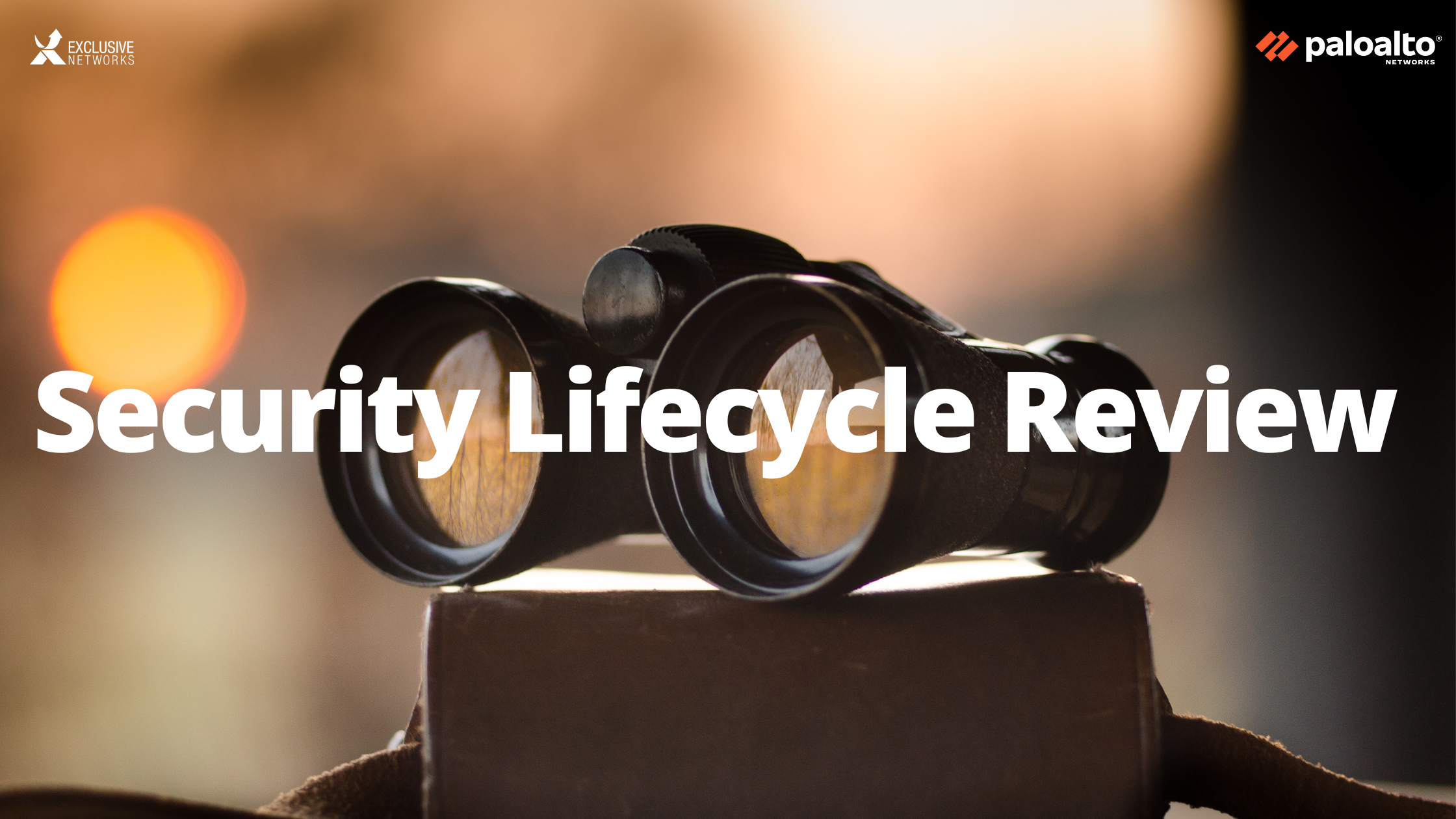
Latest research examines real-world vulnerability assessment practices at 2,100 organizations to understand how defenders are approaching this crucial step in cyber hygiene.
For latest research study, “Cyber Defender Strategies: What Your Vulnerability Assessment Practices Reveal,” Tenable explores how organizations are practicing vulnerability assessment (VA), and what these practices teach us about cyber maturity.
Their curiosity was piqued by their previous study, “Quantifying the Attacker’s First-Mover Advantage,” which found it takes attackers a median of five days to gain access to a functioning exploit. In contrast, they learned, defenders take a median 12 days to assess for a vulnerability. The difference between the two results is a median seven-day window of opportunity for an attacker to strike, during which a defender isn’t even aware they’re vulnerable. This led them to consider how defenders are performing in the all-important discovery and assess phases of the Cyber Exposure Lifecycle.
Cyber Defender Strategies Report specifically focuses on key performance indicators (KPIs) associated with the Discover and Assess stages of the five-phase Cyber Exposure Lifecycle. During the first phase – Discover – assets are identified and mapped for visibility across any computing environment. The second phase – Assess – involves understanding the state of all assets, including vulnerabilities, misconfigurations, and other health indicators. While these are only two phases of a longer process, together they decisively determine the scope and pace of subsequent phases, such as prioritization and remediation.
They wanted to learn more about how end users are conducting vulnerability assessment in the real world, what this tells them about their overall maturity level, and how this varies based on demographics.
Cyber Defender Strategies: Understanding Vulnerability Assessment KPIs
For Cyber Defender Strategies Report, they analyzed five key performance indicators (KPIs) based on real-world end user vulnerability assessment behavior. These KPIs correlate to four VA maturity styles: Diligent, Investigative, Surveying and Minimalist.
They discovered about half (48%) of the enterprises included in the data set are practicing very mature (exhibiting a Diligent or Investigative style) vulnerability assessment strategies. However, just over half (52%) exhibit moderate- to low-level VA maturity (exhibiting a Surveying or Minimalist style).
Let’s take a quick look at the methodology they applied to arrive at these results.
To identify four VA Styles, they trained a machine learning algorithm called archetypal analysis (AA) with anonymized scan telemetry data from more than 2,100 individual organizations in 66 countries. They analyzed just over 300,000 scans during a three-month period from March to May 2018. They identified a number of idealized VA behaviors within this data set and assigned organizations to groups defined by the archetype to which they most closely relate. The vulnerability assessment characteristics for each defender style are described in the table below.
Four Vulnerability Assessment Styles: What They Reveal
| VA Style | VA Maturity Level | Characteristics | |
| Diligent | High | The Diligent conducts comprehensive vulnerability assessment, tailoring scans as required by use case, but only authenticates selectively. | |
| Investigative | Medium to High | The Investigator executes vulnerability assessments with a high level of maturity, but only assesses selective assets. | |
| Surveying | Low to Medium | The Surveyor conducts frequent broad-scope vulnerability assessments, but focuses primarily on remote and network-facing vulnerabilities. | |
| Minimalist | Low | The Minimalist executes bare minimum vulnerability assessments, typically as required by compliance mandates. | |
Source: Tenable Cyber Defender Strategies Report, August 2018.
Here’s what they learned about each vulnerability assessment style:
- Only five percent of enterprises follow the Diligent style, displaying a high level of maturity across the majority of KPIs. Diligent followers conduct frequent vulnerability assessments with comprehensive asset coverage, as well as targeted, customized assessments for different asset groups and business units.
- Forty-three percent follow the Investigative style, indicating a medium to high level of maturity. These organizations display a good scan cadence, leverage targeted scan templates, and authenticate most of their assets.
- Nineteen percent of enterprises follow the Surveying style, placing them at a low to medium maturity level. Surveyors conduct broad-scope assessments, but with little authentication and little customization of scan templates.
- Thirty-three percent of enterprises are at a low maturity, following the Minimalist style and conducting only limited assessments of selected assets.
Vulnerability Assessment Matters at Every Maturity Level
By now, you’re probably forming an opinion about how your vulnerability assessment strategies stack up. If your organization seems to be leaning toward the lower-maturity Surveying or Minimalist styles, fear not. There is nothing wrong with being at a low maturity. What is wrong is choosing to remain there.
If you’re a later adopter, it means you have more work to do to catch up. It also means you can learn from the mistakes and experiences of early adopters. Rather than having your organization serve as a testing bed for untried, novel and immature solutions, you’ll benefit from the availability of tried-and-tested offerings. There’s also an existing pool of expertise you can tap into, rather than trying to develop your strategies from scratch. Skipping the experimentation phase, you are poised to jump right into optimization and innovation.
And, if you identify with the most mature vulnerability assessment strategies highlighted here, it doesn’t mean you can take a lengthy sabbatical. Even the most sophisticated defenders know their work is never done.
The ultimate objective – regardless of which style most closely aligns to your own – is to always keep evolving toward a higher level of maturity. We know it isn’t easy. Cybersecurity professionals are hauling a lot of historical baggage. You’re dealing with legacy technology and dependencies alongside the complexities of managing a growing portfolio of continuously evolving and emerging technologies. Meanwhile, the threat environment has escalated noticeably over the past few years. And all of this is happening against a backdrop of competitive business pressures.
When it comes to cybersecurity, they have hit escape velocity, and most organizations now get it.
Cyber Defender Strategies Report provides recommendations for each VA style, to help you advance to the next maturity level. We also explore how these four VA styles are distributed across major industry verticals and by organization size, so you can compare yourself with your peers.
Click to download the full report.

